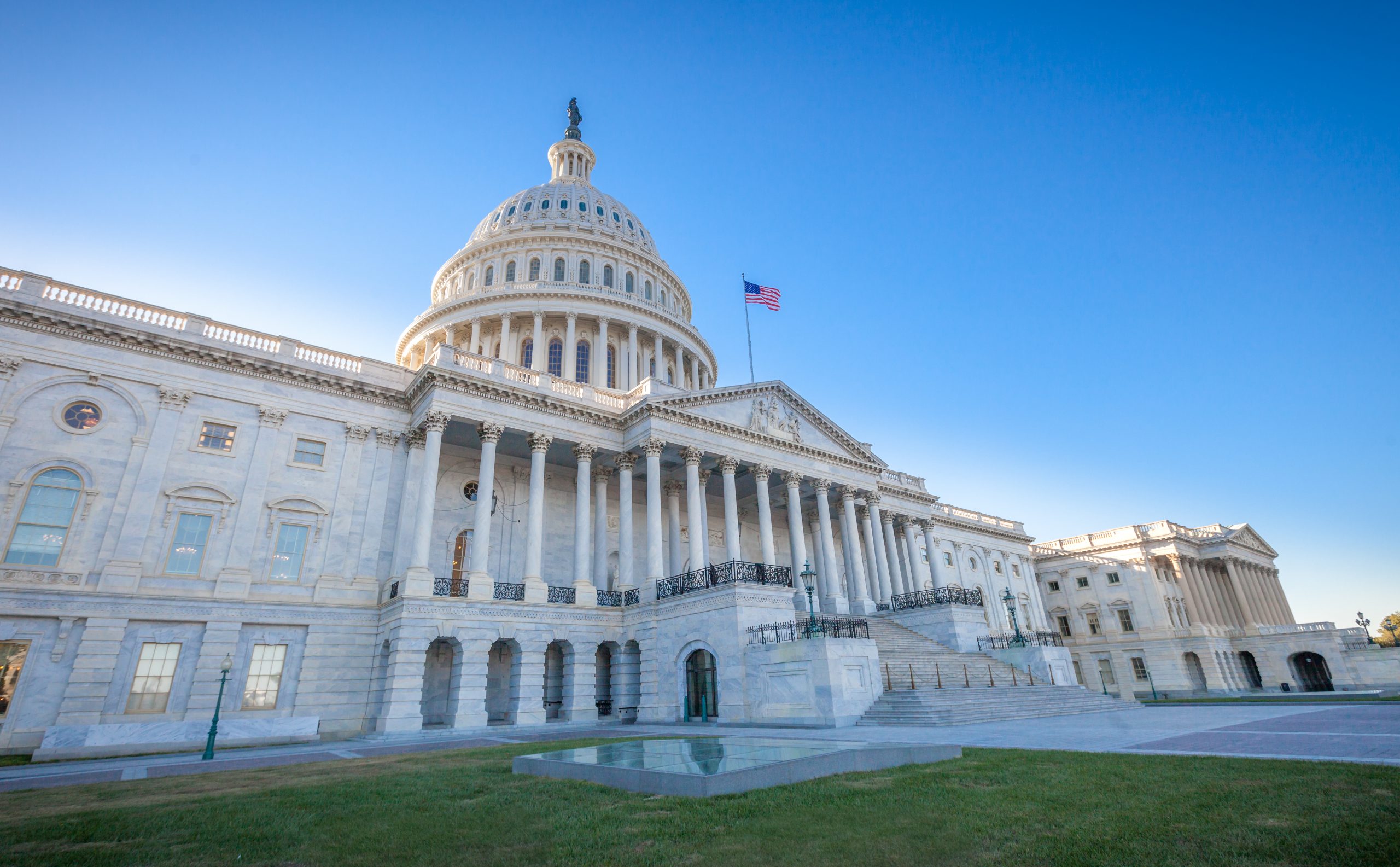Government Affairs and Advocacy
March 27 Federal Update: HHS Secretary Testifies Before the Senate
Secretary of Health and Human Services, Xavier Becerra, testified in front of the Senate Committee on Finance to tout President Biden’s Fiscal Year 2024 budget for the department. Health and Human Services (HHS) covers a wide variety of programs and services, including physical healthcare, behavioral healthcare, early childhood, child care, healthcare innovation, and the public health system. The proposed budget reflects the president’s continued pursuit of social policies that strengthen the care economy through investments in behavioral and substance use programs, home and community-based services, and child care. The secretary began his remarks with a focus on transforming behavioral healthcare. The president’s budget, he said, invests in the 988 National Suicide Prevention Lifeline, increases funds for community mental health and substance use prevention and treatment, and makes the Certified Community Behavioral Health Clinics program permanent.
The secretary also stressed the need to meet the challenge of maternal mortality through increased resources to maternal and child health programs. Care for older adults and people with disabilities is a major focus for the administration, exemplified in a proposal to spend $150 billion over ten years on the Medicaid home and community-based services program. Pre-k and child care also gain prominence in the budget, with a $200 billion proposal for universal preschool and a $400 billion proposal for high-quality child care for families earning up to $200,000.
Social Current will continue to monitor the negotiations on the HHS budget as it is debated in Congress throughout the summer and into the fall.
Contribute to Social Current’s New Voter Outreach Toolkit
Social Current is updating its Voter and Civic Engagement Toolkit, a collaborative project with NonprofitVOTE that provides guidance, advice, and tools for community-based human services nonprofits that want to begin or expand their voter outreach efforts.
For the updated toolkit, Social Current is searching for stories from network organizations that have run successful voter engagement campaigns. If your organization has led or participated in any voter engagement activities, either in the workplace or the community, please contact Derry Kiernan, our field mobilization and policy manager.
We’d love to feature you in the new toolkit, which will be an available resource for the network and the broader nonprofit community as we head into elections this fall and next year.
Aging Committee Hearing on the Care Economy
The Senate Special Committee on Aging hosted a hearing called “Uplifting Families, Workers, and Older Adults: Supporting Communities of Care.” Chairman Bob Casey (D-Penn.) opened the hearing by calling for the passage of two bills: the Better Care Better Jobs Act, which would invest funds in the home care workforce, and the Home and Community-Based Services Access Act, which would allow everyone eligible for long-term Medicaid care services to also access home-based care. Ranking Member Mike Braun (R-Ind.) drew attention to the Prioritizing Evidence for Workforce Development Act, which supports education and workforce programs that help workers build skills in high-demand sectors, like health care. The first witness, Kezia Scales of the Paraprofessional Health Institute, explained that 2.6 million home care workers make up half of the total direct care workforce, which is the largest occupation in the country; yet 43 percent of home care workers live below 200 percent of the federal poverty level. She called on Congress to pass the Better Care Better Jobs Act because it would increase the federal match for Medicaid home and community-based services, thereby raising wages and benefits for the workforce. The testimony of Jacinta Burgess, a home care worker, illustrated the challenges that the workforce faces. As her mother’s caregiver, she earns $13.38 per hour for only 15 hours per week, even though she works around the clock. Pam Lowy, the Executive Director of Great Bay Services, said her organization serves adults with intellectual and developmental disabilities and can’t afford to pay their workers a living wage because of the low reimbursement rates in the Medicaid program.
Harsh Cuts to Social Programs in the Offing
With both Democrats and Republicans publicly committed to not cutting Social Security or Medicare as a solution to the growing budget deficit crisis, an array of other social programs will come under intense scrutiny as targets of possible cuts. In fact, some lawmakers in the House are mulling proposals that could slash budgets for Medicaid, the Supplemental Nutrition Assistance Program (SNAP), and Housing. Eliminating Medicaid expansion under Obamacare and cutting the Section 8 housing program by 43% are being considered. According to the Center on Budget and Policy Priorities, one proposal could kick 10 million people, or one in four SNAP participants, off the program by implementing stringent work and work-reporting requirements. This includes three million households with school-age children. This year the farm bill, which covers SNAP and other Agriculture Committee programs, will be reauthorized by Congress. Social Current will continue to monitor these developments and challenge efforts to cut back on integral safety net programs.
New Factsheet on the Child Care Stabilization Program
The American Rescue Plan, passed in March 2021, provided $24 billion for the Child Care Stabilization Program to aid providers as they came out of the pandemic. A new factsheet from the Office of Child Care details how these funds were spent. More than 220,000 child care providers received funds to pay for wages and benefits, rent and utilities, and materials and supplies. This impacted 9.6 million children. Eight out of 10 child care centers received assistance. On average, child care centers received $140,600 and family homes received $23,300. These dollars helped centers stay in business and provide child care services that were pivotal to the successful emergence of the economy from the pandemic.
Subscribe to the Policy and Advocacy Radar to receive our biweekly policy roundup, which includes commentary on issues in Social Current’s federal policy agenda, opportunities to take action, and curated news and opportunities.

